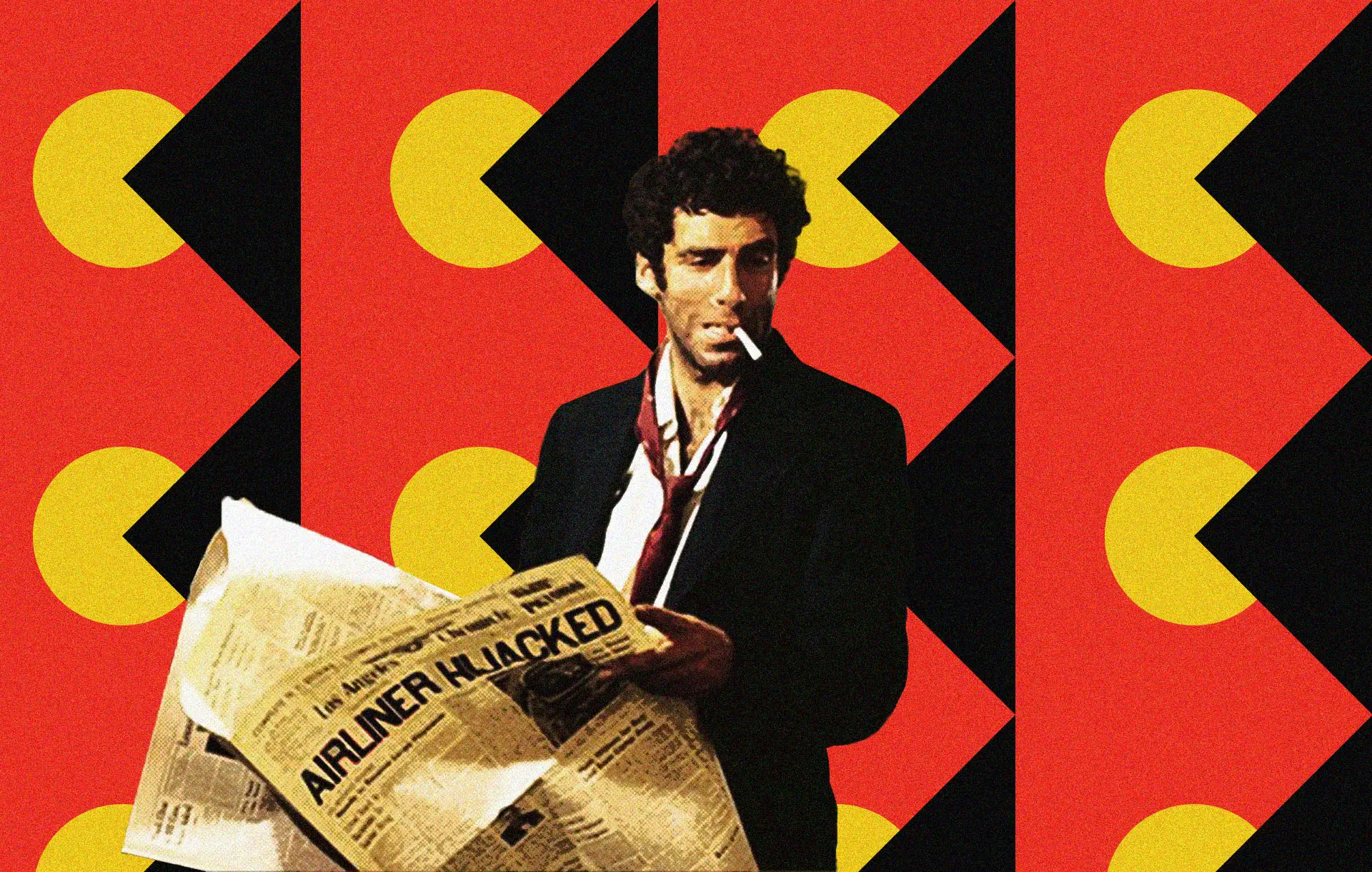Robert Altman‘s The Long Goodbye, which arrived in 1973, represents one of the most fascinating and miraculous films of the 1970s. Adapting a novel from 1953, it took all the tropes of the Raymond Chandler canon and moved them two decades later into the Nixon era, and it made Philip Marlowe Jewish, to boot.
The film did come from the same screenwriter, Leigh Brackett, as the most famous conventional Chandler adaptation, 1946’s The Big Sleep. But it’s about as different a film as can be. And the biggest difference, of course, is that the ’60s happened in between, as did the hangover that followed.
The film starred Elliott Gould, during that magical era when Jewish actors (mostly, him and his sometime wife Barbra Streisand) were seen as sex symbols. Gould played Marlowe as a generally decent man, adrift in the various debauchery going on in Greater L.A. at the time. He smokes while no one else does, he drives an old car from the ’50s, and it appears that the effects of the ’60s have passed him by entirely. “Hooray for Hollywood,” in various forms, plays on the soundtrack throughout the film.
“I have two friends in the world. One is a cat. The other is a murderer,” Marlowe says. When we meet him, after all, he just wants to feed his cat.
The Plot
The film’s extremely convoluted plot goes in many directions. Marlowe is visited by his friend Terry Lennox (controversial baseball pitcher Jim Bouton), who’s looking for a ride to Mexico. Soon, he discovers first that Lennox’s wife is dead, then that Terry is accused of killing her, and that Terry has himself taken his own life. Some of those things may be true.
He’s later hired by a wife whose husband is missing, which pulls him into lots of weird stuff, including detox clinics for the rich, a Jewish gangster, a harmonica, and much more. It leads up to the movie’s gut punch of a final sequence, one that Altman reportedly got contractual assurance that he could not be forced to change:
Its Influence
Watching The Long Goodbye today, it’s hard not to notice the influence it’s had since. The Big Lebowski, which was released almost 25 years to the day after The Long Goodbye and just turned 25 years old itself, is full of Long Goodbye homages, from its detective-out-of-time to its sprawling Los Angeles setting to its nearly impenetrable plot to a rich guy threatening the hero over a missing briefcase of cash to a character mentioning “Erev Shabbos.”
Paul Thomas Anderson’s Inherent Vice, too, owes much of its style and sensibility to The Long Goodbye, even if its literary inspirations, Raymond Chandler and Thomas Pynchon, don’t have tons in common. Altman was a huge influence on Anderson’s Boogie Nights as well.
The Long Goodbye arrived during Altman’s strongest period, in the middle of the New Hollywood era. It came after 1971’s McCabe and Mrs. Miller and before Thieves Like Us and California Split, both in 1974. Nashville, his masterpiece, would arrive in 1975.
The Long Goodbye is available to stream on Pluto TV and Tubi.




